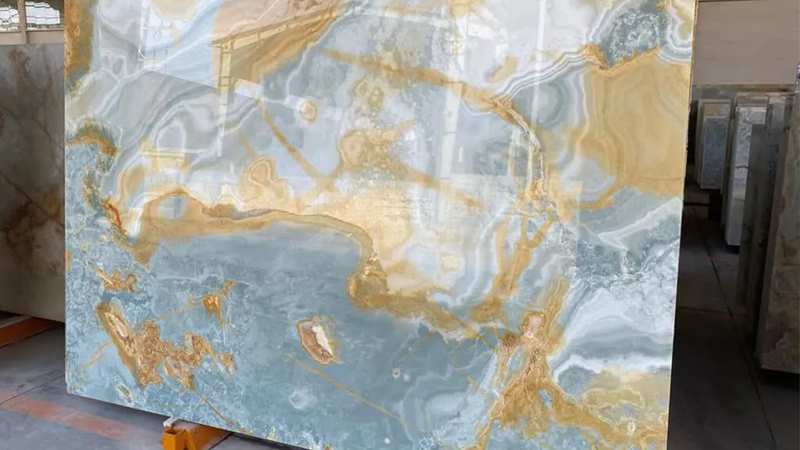
Diverse textures of Middle Eastern marble enhance luxury designs.
West Asian marble stones exhibit a range of textures and veining patterns. Some varieties have a fine and uniform grain, while others may have more pronounced veining. The veins can be linear, wavy, or irregular, adding visual interest to the stone. Middle Eastern marble stones offer a diverse color palette. Apart from the classic white and beige tones, they can include shades of brown, gold, gray, and even green. The specific mineral composition and geological processes contribute to the unique colors found in these marbles.
West Asian marble stones are generally durable and suitable for a variety of applications. They have good strength and resistance to wear and are capable of withstanding normal daily use. However, it is important to consider the specific variety and its properties to determine its suitability for specific applications. The beauty and aesthetic appeal of West Asian marble stones have been appreciated for centuries. Their unique colors, patterns, and textures make them sought after for both traditional and contemporary designs. They add a touch of elegance and luxury to any space.
The Middle East has a rich history of marble use dating back thousands of years. Many iconic structures and architectural marvels in the region, such as the Taj Mahal and the Alhambra, feature intricate marble detailing. The region's marble industry has a long tradition and continues to produce high-quality stones. The original marble is mineral calcite (CaCO3). Of course, in addition to calcite, there are other minerals in the structure of this stone. The Middle East is home to several notable marble varieties. Some of the well-known West Asian marble stones include:
- Carrara marble is a classic white marble with a grayish-blue or grayish-white background. It is known for its fine texture and subtle veining, making it a popular choice for sculptures, architectural elements, and interior design.
- Emperador marble is a rich brown marble with light-colored veins ranging from white to beige. It is widely used for flooring, countertops, and decorative accents due to its warm and elegant appearance.
- Crema Marfil is a cream-colored marble with light beige to yellowish tones. It often features subtle veining and is highly valued for its uniformity and versatility. Crema Marfil is commonly used in flooring, wall cladding, and decorative applications.
- Jerusalem Gold marble, also known as Jerusalem Gold limestone, is a golden-hued stone with variations in color from light beige to deeper gold tones. It is frequently used in both interior and exterior applications, including flooring, wall coverings, and architectural details.
There calcite in marble makes it difficult to it to be able to cut well. It makes the use of marble in the build artifacts such as statues and have a great application. This feature, along with increased transparency of the stone so beautifully realized structures are not using this stone. Abrasion-taking of marble leads transforming it into one of the precious and valuable stones of the building. The stone is then polished and attractive surface gloss and installed as a facade, wall coverings, flooring and unique parades to the building.
Marble can be resistant to most rock against the environmental conditions such as humidity, heat and cold. The rock also has good resistance against rain and acidic rain. Stone structure is in a way that is rarely infected, and keep its beauty for a long time.
Other features marble are as follows:
- Beauty
- Usability and design features
- Modern and classic interior
- Heat insulation and energy conservation
- Cool and do not absorb heat
- Anti-allergy
Marble can be mined in various dimensions. The stone has its own unique features and in the following you are familiar to them. Marble is light color. More purity limestone in the rock caused more white it is. Impurities such as clay, iron oxides or tarry materials makes the color of the background or streaks of blue, gray, pink, yellow or black in this stone . One of the interesting facts about marble is high purity applications that are in various industries. We will introduce these applications in the next section.
-
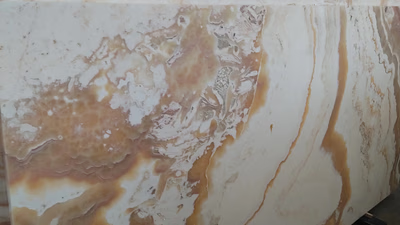
Selecting the right type of marble is crucial for its intended use, whether for flooring, countertops, or decorative accents. Factors such as color, veining patterns, durability, and maintenance requirements should be considered. Proper surface preparation is essential; the area must be clean, level, and free from debris. For flooring installations, marble tiles or slabs should be adhered using thin-set mortar or adhesive with careful alignment and spacing. Grouting and sealing are necessary to prevent staining and moisture penetration. In kitchen and bathroom applications, professional stone fabricators are recommended for cutting and shaping marble slabs to fit specific dimensions. Regular maintenance with pH-neutral cleaners is advised to preserve the surface. Marble can also enhance aesthetic appeal as wall cladding; proper installation involves ensuring a clean surface and using adhesive or mortar effectively.
Custom architectural elements like columns and moldings can be crafted from marble by skilled artisans. Overall, understanding the properties of different marble types and their applications can lead to successful installations in various settings.
-

West Asian marble stones are characterized by diverse textures and veining patterns, ranging from fine grains to pronounced linear or wavy veins. The color palette includes classic whites and beiges, as well as shades of brown, gold, gray, and green, influenced by mineral composition and geological processes. These marbles are durable and suitable for various applications due to their strength and resistance to wear. Historically significant, Middle Eastern marbles have adorned iconic structures like the Taj Mahal and Alhambra. Notable varieties include Carrara marble, known for its fine texture; Emperador marble with its rich brown tones; Crema Marfil featuring subtle veining; and Jerusalem Gold marble with its golden hues. Each type is valued for its aesthetic appeal in both traditional and contemporary designs. The region"s marble industry continues to thrive, producing high-quality stones that enhance the elegance of spaces while offering practical benefits such as heat insulation and anti-allergy properties. Marble"s unique features make it a sought-after material in construction and design.
-
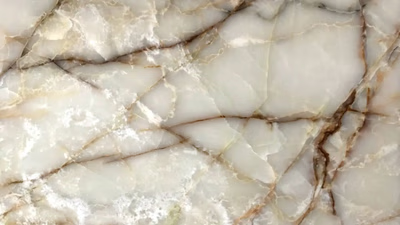
Marble powder, derived from grinding marble, serves multiple roles in pharmaceutical and industrial applications. In pharmaceuticals, it acts as an excipient, enhancing tablet hardness and stability while being a key ingredient in antacid formulations due to its calcium carbonate content. This property helps alleviate symptoms of acid reflux and heartburn. Beyond pharmaceuticals, marble powder is utilized in soil amendments to improve fertility and pH levels, as well as in water treatment processes to remove impurities. Its versatility extends to various industries where it functions as a filler or additive in paints, plastics, and cosmetics. The quality of marble used is crucial for its effectiveness across these applications, necessitating adherence to regulatory standards. Additionally, marble"s hardness allows it to be employed as an abrasive material for cleaning and polishing surfaces. Overall, the diverse applications of marble powder highlight its significance beyond traditional uses in construction. "
-
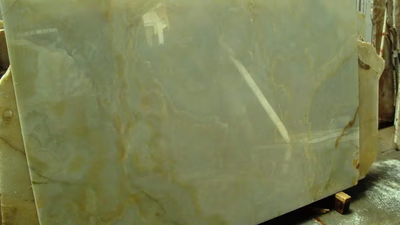
Marble is a highly sought-after building stone known for its luxurious appearance and versatility in various applications. It is commonly used in high-end residential and commercial spaces, enhancing the ambiance with its polished surface that reflects light. Marble serves as wall cladding, flooring, and decorative elements like moldings and medallions, adding sophistication to interiors. Its durability makes it suitable for outdoor landscaping features such as pathways and fountains. The specific type of marble, including color and veining patterns, influences its application suitability. While marble is more expensive than other stones like travertine and granite, its superior quality justifies the cost for many buyers. Key applications include exterior design, kitchen countertops, bathroom vanities, stairs, and fireplace surrounds. However, maintenance is crucial due to marble"s susceptibility to staining and etching.
Overall, natural marble has been a favored choice in architecture for centuries due to its unique beauty and functionality. "
-
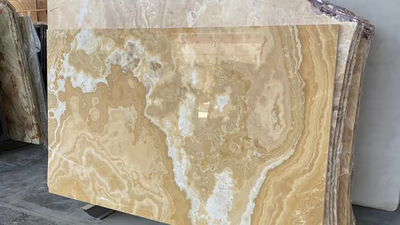
Marble is a metamorphic rock characterized by its diverse colors, veining patterns, and moderate to high luster. The coloration results from impurities during formation, while the veining adds aesthetic appeal. Marble"s grain can vary from fine to coarse based on its original limestone composition and metamorphic intensity. Although it is softer than other stones, with a Mohs hardness of 3-4, marble is susceptible to scratching and staining due to its porous nature. Proper maintenance, including sealing and prompt spill cleanup, is essential for preserving its appearance. The unique physical properties of marble are influenced by geological history, including pressure and temperature conditions that affect its microstructure. Despite its vulnerabilities, marble remains a popular choice for sculptures and architectural elements due to its workability and heat resistance. Regular care can enhance the longevity of marble in various applications. "





